The fishery, as a Social Business for Education (SBE) project being implemented in Thangpalkot, addresses the issue of sustainability of development work we are undertaking.
Education at government schools is supposed to be free. But the funds provided is often nowhere near enough to cover even the most essential and basic of expenses–teacher salaries. (From what I have been told, often, these funds don’t even make it to the school.) Forget upgrading infra-structure, acquiring/upgrading resources, training teachers etc. As a matter of fact, often government schools must charge fees to run. Raithane School in that way is no different from most other government schools. (We run a scholarship/sponsorship program to pay the fees of children from needy families in the area.)
However, the Ministry of Education requires every government school to have a long-term School Improvement Plan (SIP). An SIP outlines the needs of the school. Education-related projects in line with the SIP of Raithane School forms a major part of other work we do.
One of the needs of the school is more classrooms. The school has demolished the condemned two-story building and has started erecting another one in its place. (See photos below.) The school management committee, independent of COMMITTED, has gotten some funds from other sources. However, those funds will cover the cost of construction of only the first floor.
During our August 18-23 visit, we held meetings with teachers and school management committee to discuss construction of additional floors. The options are to add two floors to the new building or just one another floor to it and a floor to the primary school building. The decision will be made after consultation with our engineer following his own visit to the village and assessment of the options.
We also discussed other issues, such as resource upgrades, teacher training, student fees, etc. Some upgrades and needs have already been identified–such as that for a reading section/area within the primary school classrooms, scholarship for students from very poor families etc. I held a number of discussions with the science teacher about integrating the fishery and Science Curriculum.
Within the next few weeks, consultation meetings with each teacher have been planned to continue the process of identifying the needs and their solutions.
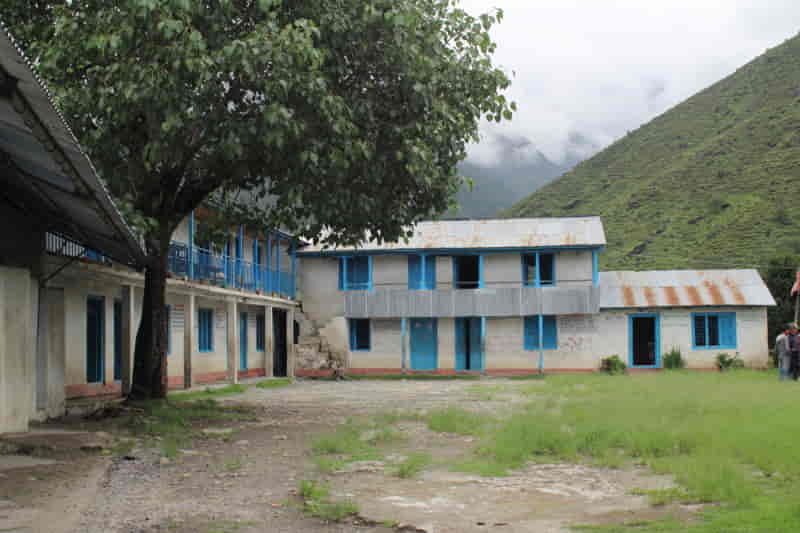
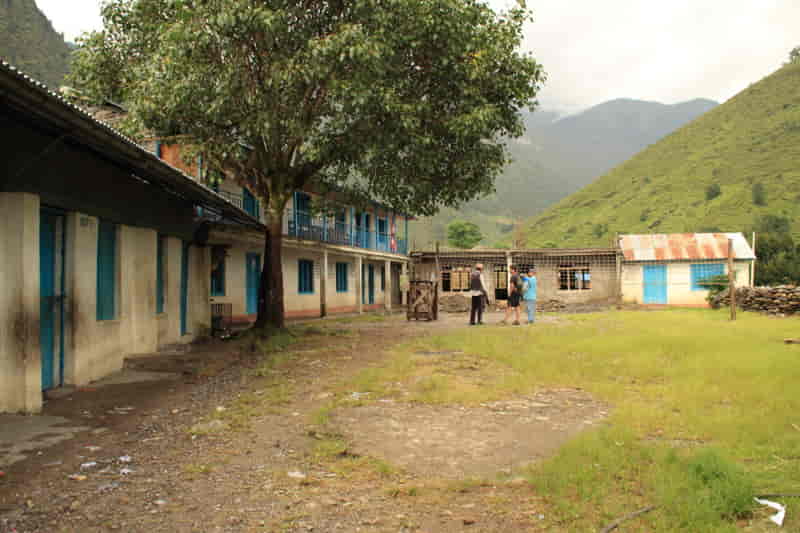
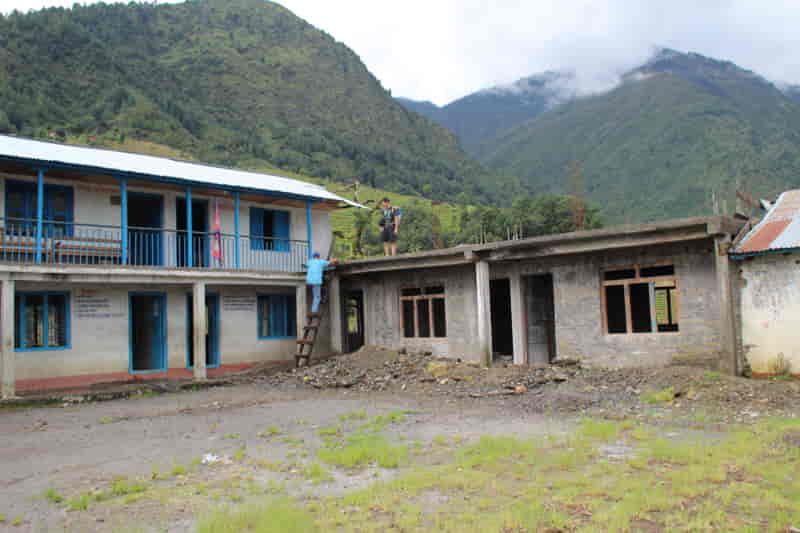
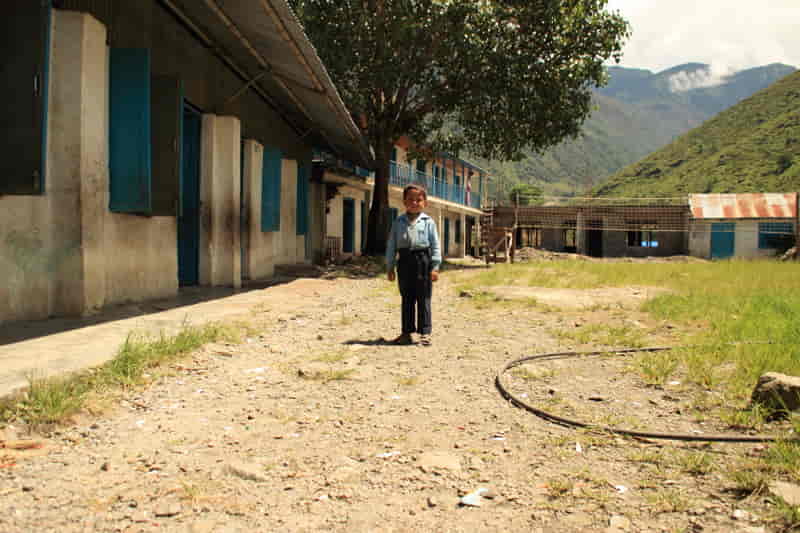
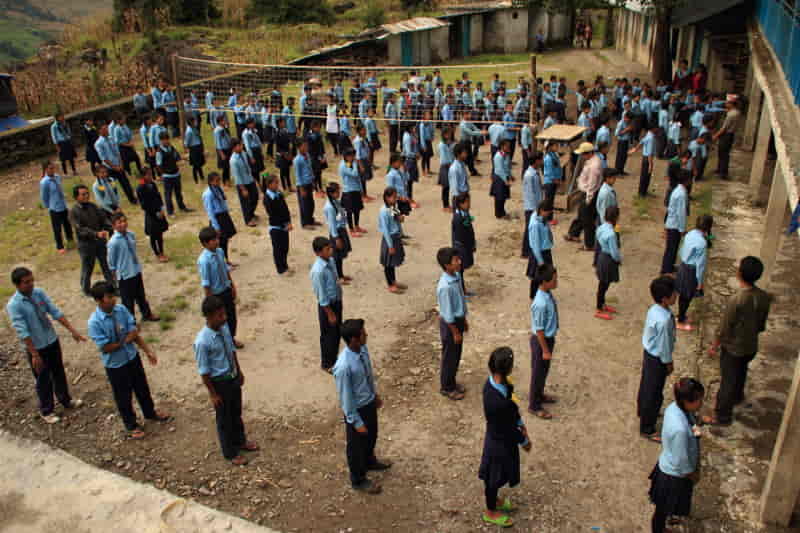
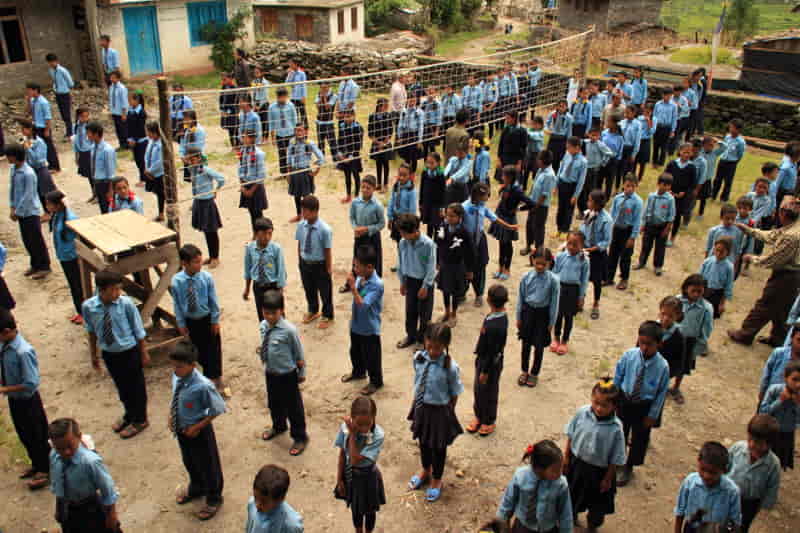
A recent but one of the most significant developments in the area has been the arrival, in the last few months, of electricity in the village from the national grid!
For the last several years before that, the area had been getting electricity from a microhydro-electric power plant in the area. Given its relatively low output, electricity supply was limited to only certain times of the day. But now electricity supply in the village is more regular than in Kathmandu! While we in the capital still suffer from load shedding, the village of Thangpalkot doesn’t! (They have ample supply of water too!)
What that means for the school is that internet access will not be too far behind! That will open the world to the students of Raithane. I can’t wait to bring the world to them, to Thangpalkot! I’ll be calling on my international teacher friends dotted around the world to help with that.
